Rattan Furniture Manufacturing Process in China
 May 09,2025
May 09,2025

 Topmax Furniture
Topmax Furniture
Materials of Rattan Furniture in China
Rattan is extremely soft when full of water, and is particularly tough after drying, so it is strong and elastic when tied; the leather surface is clean, resistant to water and moisture, easy to dry, natural in color, wear-resistant and pressure-resistant. After bleaching, the rattan material is white, smooth and beautiful. Rattan is widely used in furniture making. Rattan is widely used in furniture making in China.
| Types of Rattan | Features | |
| Imported rattan | Often imported from Southeast Asian countries such as Indonesia and the Philippines; usually its fibers are smooth and dense, strong in toughness, elastic, high in tensile strength, not easy to break after long-term use, and of good quality; according to the variety, it can be divided into two types: Rattan Peel and Rattan Core. | |
| Domestic rattan | Manau Rattan | Produced in Yunnan, Guangdong, and Guangxi; the peel has fine straight lines, is white and slightly yellow, has low nodes and long internodes; the rattan core is tough and not easy to break, with a diameter of about 15mm, and good quality. |
| Red Rattan | Produced in Guangdong and Guangxi; yellow-red in color, with lighter colors being preferred. | |
| White Rattan | Also known as yellow rattan, it is produced in Guangdong, Guangxi, Taiwan, and Yunnan. It is yellow-white in color, tough and soft in texture, with slender stems up to 20m long and knotty. It is the main raw material for rattan furniture. | |
| Calamus | Produced in Guangdong; stem length can reach about 30m, diameter can reach 3cm, good toughness. | |
| Golden Rattan | Produced in Yunnan; shiny yellow-brown in color, with coarse and brittle fibers in the center, short and high nodes, and hard. | |
Types of rattan used in furniture in China
In the production of rattan furniture in China, rattan core strips can be used as the frame of furniture. Because rattan core strips are easy to bend, furniture is shaped with lines, elegant and smooth lines, and simple texture; rattan can be used to wrap a large amount of furniture frames and weave rattan surfaces to make furniture; rattan can also be woven into surfaces, used as chair seats, backrests and bed surfaces, etc., combined with wood, metal, bamboo, etc., to give full play to the strengths of each material and make various forms of furniture, as shown in the following figure.
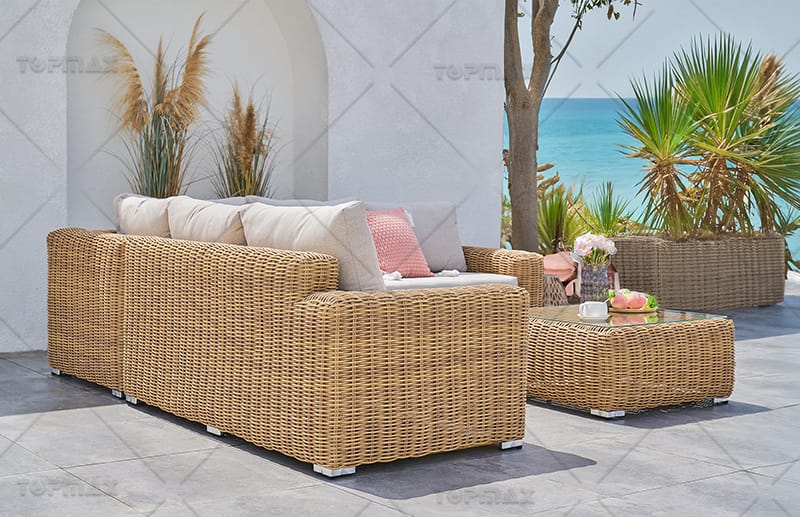
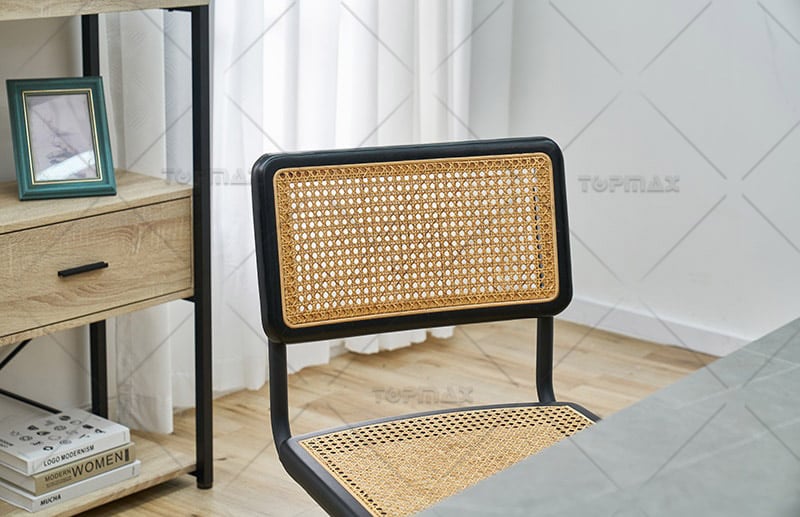
In addition, many beautiful patterns can be obtained by weaving bamboo and rattan materials.
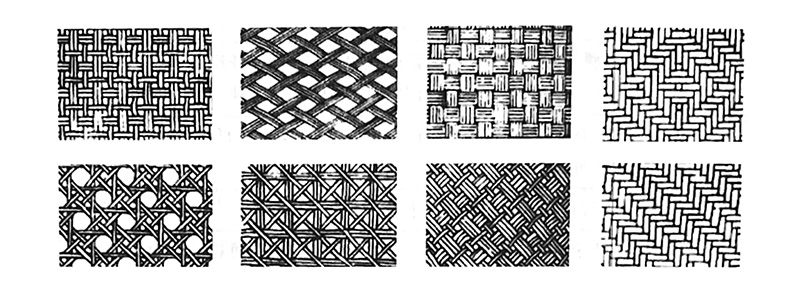
Bamboo And Rattan Weaving Patterns
Joining Methods and Structures of Rattan Furniture China
Most rattan furniture in China is frame structure. Whether the frame structure form and joining method are reasonable or not directly affects the strength, stability and appearance of rattan furniture. The rattan used to make the frame often needs to be bent or even twisted, lengthened, and widened (two or more rattans are connected radially to increase the strength of the rattan furniture frame and enhance the beauty of the shape). The frame structure connection methods generally include: nail connection, wood screw connection, connector connection, mortise and tenon connection, glue connection, wrapping, winding, etc. A piece of furniture often requires a combination of several methods.
1) Nail jointing
The width and length of rattan strips, the corner connection of horizontal and vertical materials (T-joint, L-joint), cross joint, diagonal brace joint, U-joint, V-joint, etc. can all be nailed, mainly using metal nails, commonly used are round nails, nails, U-shaped nails, etc. Nail connection is simple and easy, but during the processing, it is necessary to leave a certain length at the beginning and end of the rattan strips to avoid splitting of the rattan material during nailing, which will affect the firmness of the furniture. The strength of nail connection is general, and adhesives are often used for reinforcement. Tongue-and-groove joints or bevel joints can be used for extension. Round nails can be used to connect the main frame, U-shaped nails can be used to connect the rattan skin, the beginning and end of the rattan surface, and the fixing of small components such as structural decorative components and pressure strips can be nailed.

Nail jointing
2) Wood screw connection
Wood screw connection is often used for the corner connection of horizontal and vertical materials, and pre-drilling is required for connection. Sometimes the end of the screw is nailed into the material and recessed, and then smoothed with putty. When painted, the nail head position cannot be seen. Commonly used wood screws are pan head wood screws and countersunk wood screws. Wood screws have high connection strength and are easy to connect. They are the most commonly used connection method in rattan furniture manufacturing.
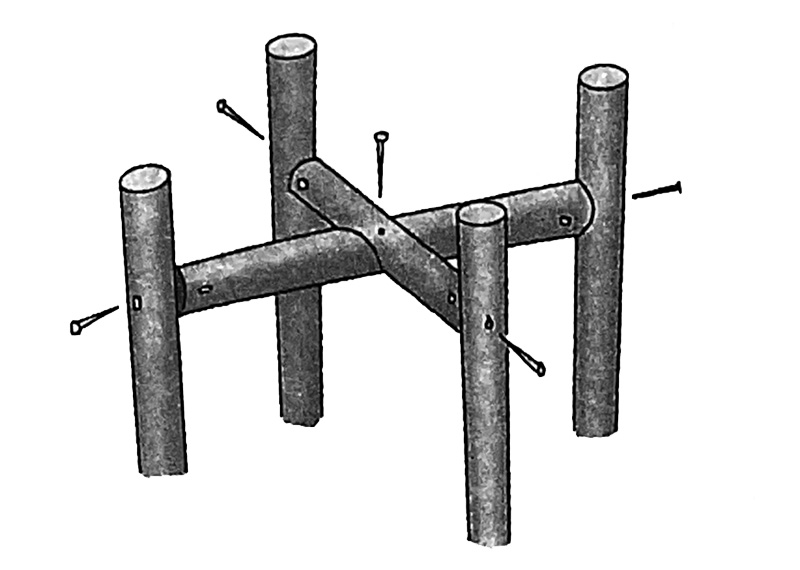
Wood screw connection
3) Mortise and tenon method
In the production of rattan frames, the mortise and tenon method can be used for the extension of rattan strips, T-joints, L-joints, cross joints, cross joints of parts, and bending and docking of components. The main joining methods are tongue and groove tenon and round bar tenon, supplemented by glue joints, and sometimes nails are used to strengthen. The mortise and tenon method has high joining strength and good appearance, but the process is slightly complicated.
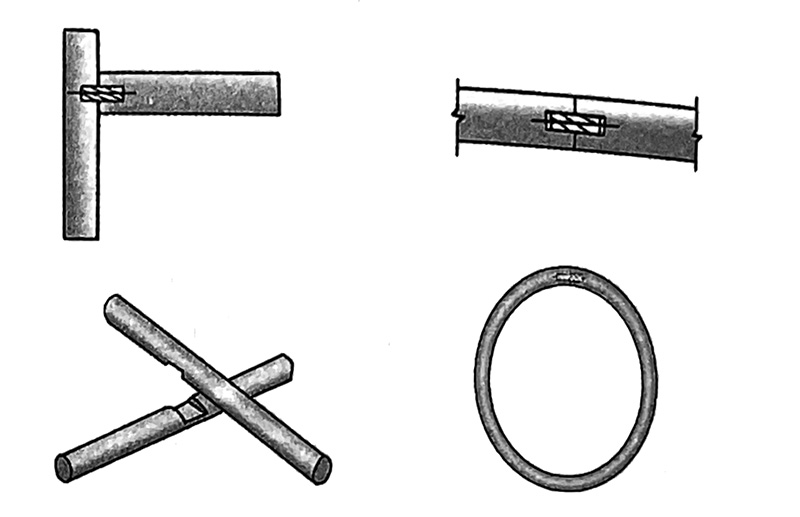
Mortise and tenon
4) Wrap joint method
Commonly used in the T-joint part, a section of rattan material (horizontal material) is bent around another section of rattan material (vertical material) for a week, and then its end is connected to the main rattan material (horizontal material) (can be fixed with glue and nails). This method requires one end of the rattan material (horizontal material) to be sawed off or cut off in half before connection so that the connection of the end of the bending and wrapping rear end is fixed and flat.
5) Wrapping method
Most bamboo and rattan furniture frames in China are based on the above connection and use a wrapping structure to reinforce them, which is similar to the wrapping method of bamboo furniture. The wrapping structures used in the T-joint, cross-joint, diagonal brace joint, and L-joint of the frame have both similarities and differences. There are generally two connection structures for T-joints. One is to drill holes in the horizontal material, and the rattan skin wraps the joint tightly through the small holes; the other is not to drill holes in the horizontal material, and a U-shaped nail is often used to first fix the end of the rattan skin or thin rattan core wrapped at the joint, and then the nailed rattan skin end and the nail are wrapped. Due to different wrapping methods, the connection structure of the cross joint is divided into two types: wrapping along the diagonal direction and wrapping along the diagonal and parallel directions. The latter can obtain greater joint strength.
6) Glue bonding
Glue bonding is generally used in conjunction with other methods, and is rarely used alone. White latex is commonly used.
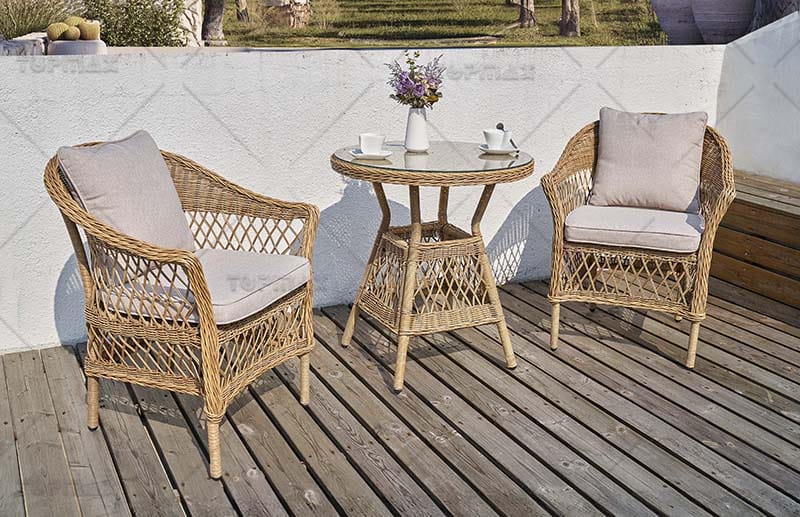
Production Process of Rattan Furniture in China
The production process of rattan furniture in China can be roughly divided into eight links, namely raw material selection, raw material polishing, raw material processing and polishing, assembly, weaving, semi-finished product polishing, and painting.
1) Raw material selection
After the rattan is picked and dried, the branches and leaves should be removed by beating the rattan. In addition, the most important thing is to cut off the knots and scars on the rattan. The beaten rattan is selected from the original rattan, steamed, and dehydrated and degreased to make it softer and more resilient. In addition, the surface color of the rattan is not very uniform, but presents various patterns and scars. At the same time, there may be insects inside the rattan. Putting the rattan in bleach can kill the insects in the rattan. Finally, put the washed rattan in the sun to dry, remove the moisture in the rattan as soon as possible to prevent the rattan from rotting. Generally, large factories use special workshops for drying.
2) Raw material grinding
Put the rattan on the sanding machine for grinding to make the surface of the rattan smoother and more uniform. First, perform rough grinding, and use a 80-type coarse sanding belt; place the rattan between the sanding belt and the grinding wheel of the sanding machine, and apply a little force to make the surface of the rattan basically smooth. Then finely grind it. After the first round of grinding, the surface of the rattan has become much smoother, but it is still slightly rough. At this time, a second round of fine grinding is needed. You can use a 180-type fine sanding belt for further grinding. The 180-type sanding belt is finer than the 80-type sanding belt, so the polished rattan will be smoother.
3) Raw material processing
Some rattan materials can grow to about 20m. During the processing, they are too long to be processed, so the processed rattan needs to be cut into fixed lengths; some rattan materials need to be processed horizontally into different parts. For the parts to be bent, you can use a musket to heat the rattan. When heating at high temperature, keep moving the musket to evenly heat the parts of the rattan that need to be bent. It should be noted that the outer flame of the musket flame should be used for heating. If the inner flame is used, the rattan will burn due to the high temperature. When heated to a certain degree, the rattan should be placed on the operating table while it is hot, and force should be applied while heating to make it bend and deform. After stopping heating, use a high-pressure air cooling gun to cool the rattan to shape it. If there is excessive bending, the excessively bent part of the rattan needs to be reheated to bend it back to the appropriate angle.
4) Polishing
Polish the rattan material processed into a fixed length. The main tool used for polishing is a polishing machine. It has a different function from the grinding process. Although both make the surface of the object smooth, polishing mainly uses a grinding wheel to perform local treatment on the processed parts. The focus of polishing is scarring, followed by a slightly carbonized surface after high-temperature heating. When polishing, the force should be uniform, and the action should be gentle and delicate. Do not use too much force on the part that needs to be polished to avoid going to more places.
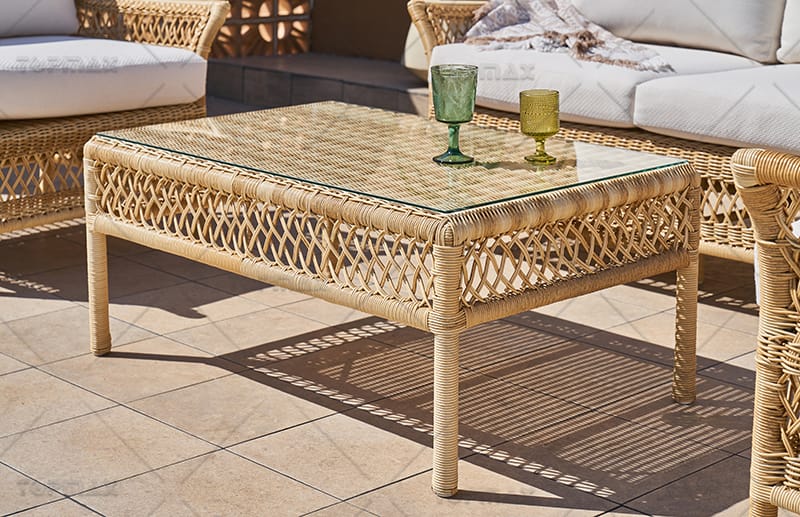
5) Assembly
When assembling the components, be sure to pay attention to the position of the connection point. If it needs to be fixed with screws, two connection holes need to be drilled at each place, and then fixed with screws. The purpose of drilling two holes is to make the connection more firm. When assembling, different joining methods should be selected according to different rattan furniture.
6) Weaving
Weave the rattan on the rattan frame according to the designed pattern.
7) Polishing of semi-finished products
After weaving, fill and polish the rough and uneven areas.
8) Finishing
Through the processes of primer, coloring, topcoat, etc., the aesthetics of rattan furniture is increased, and it plays a role in preventing insects and corrosion.
 Inquire Now
Inquire Now



 Home
Home The Characteristics and Design Content of Furniture
The Characteristics and Design Content of Furniture  You May Also Like
You May Also Like 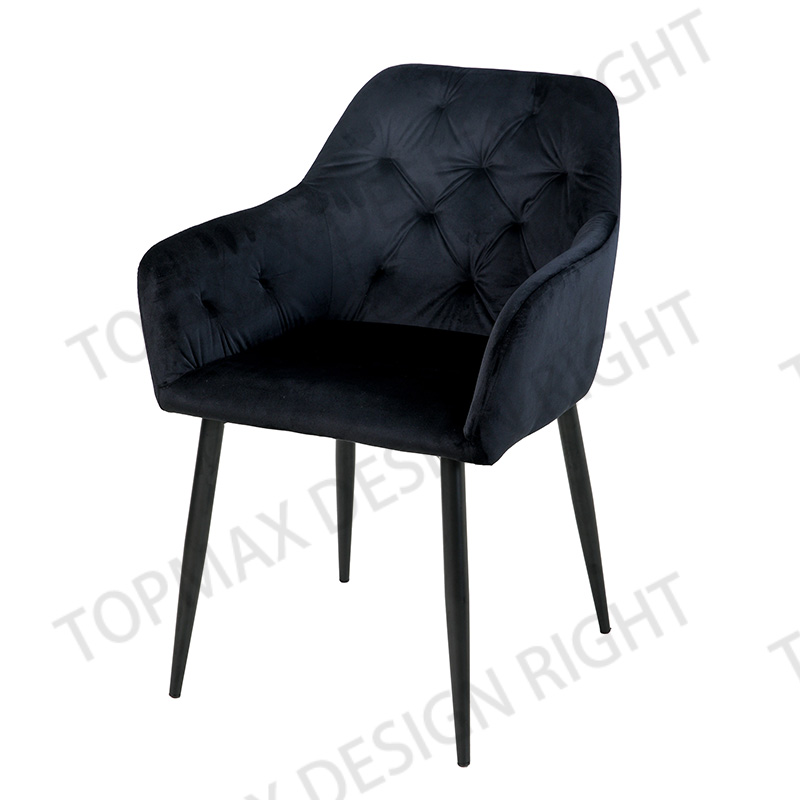

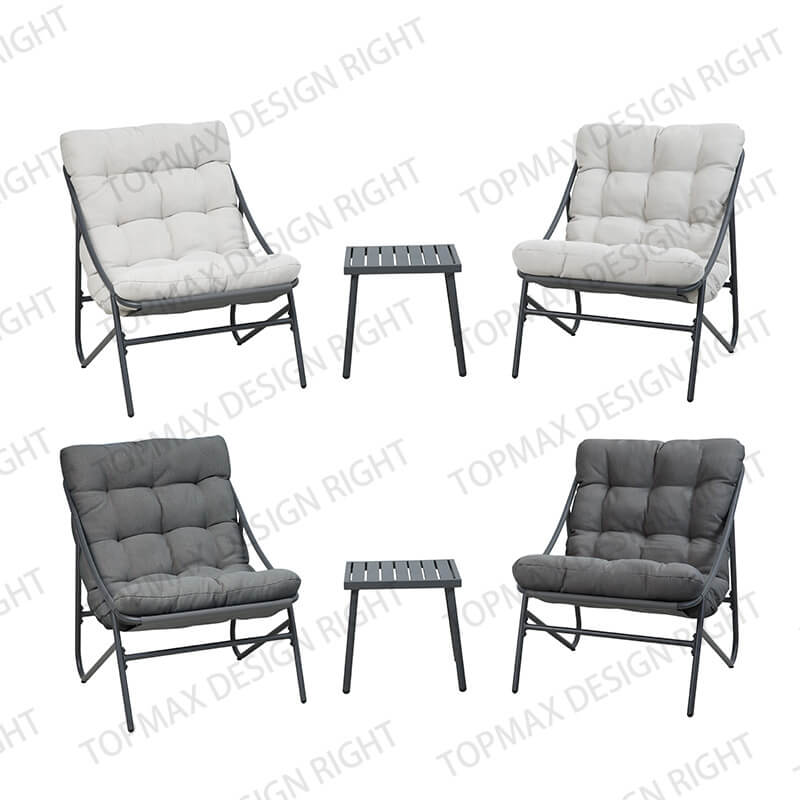
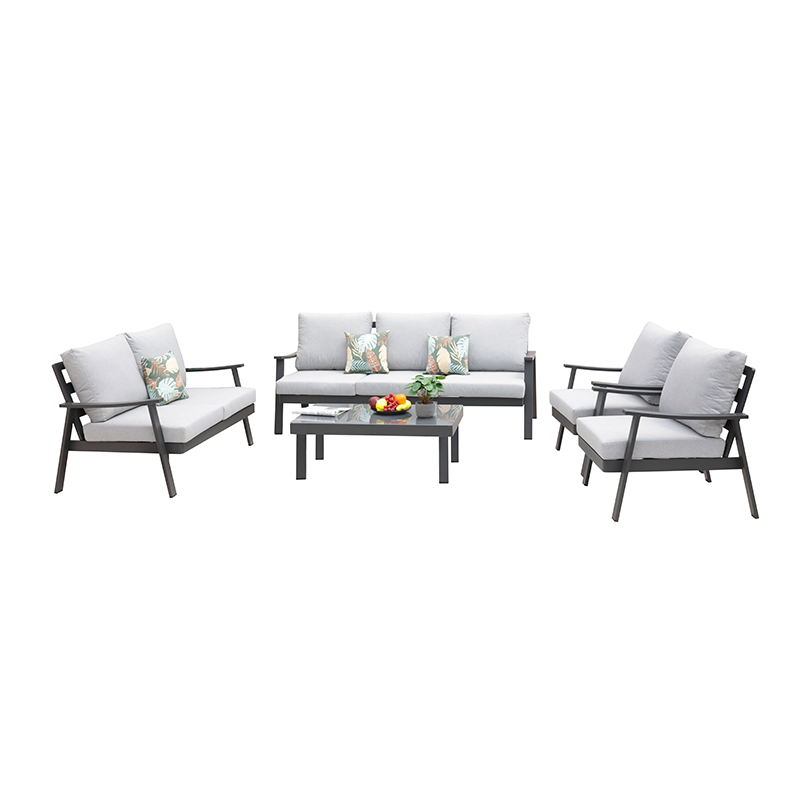

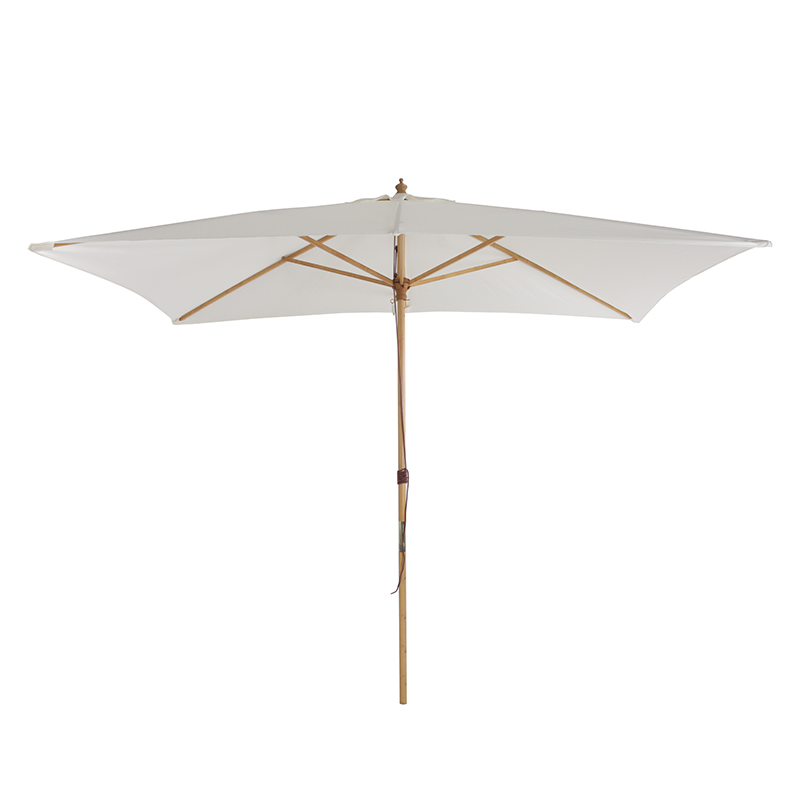
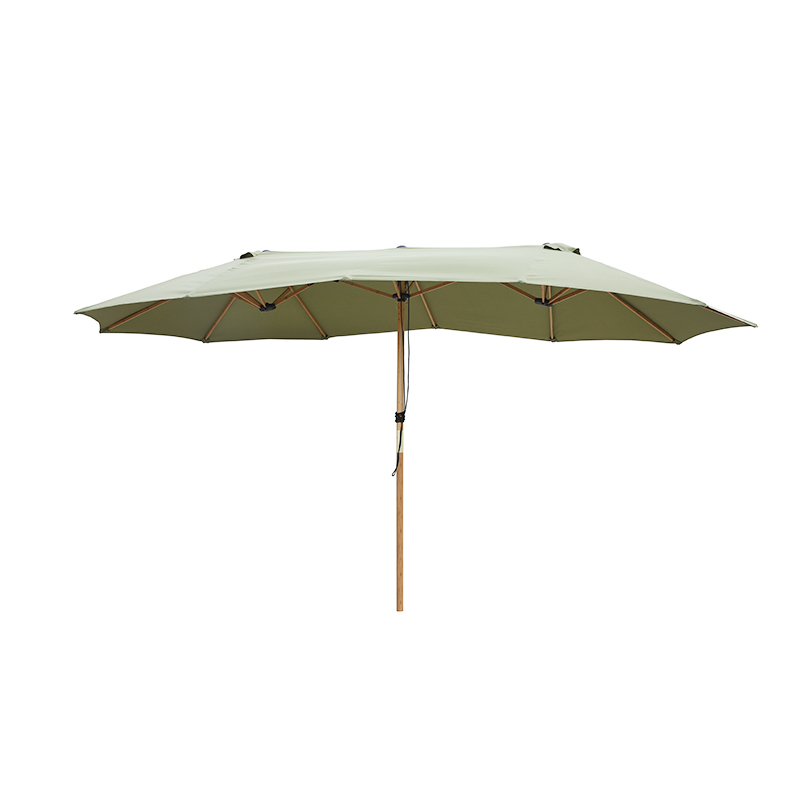
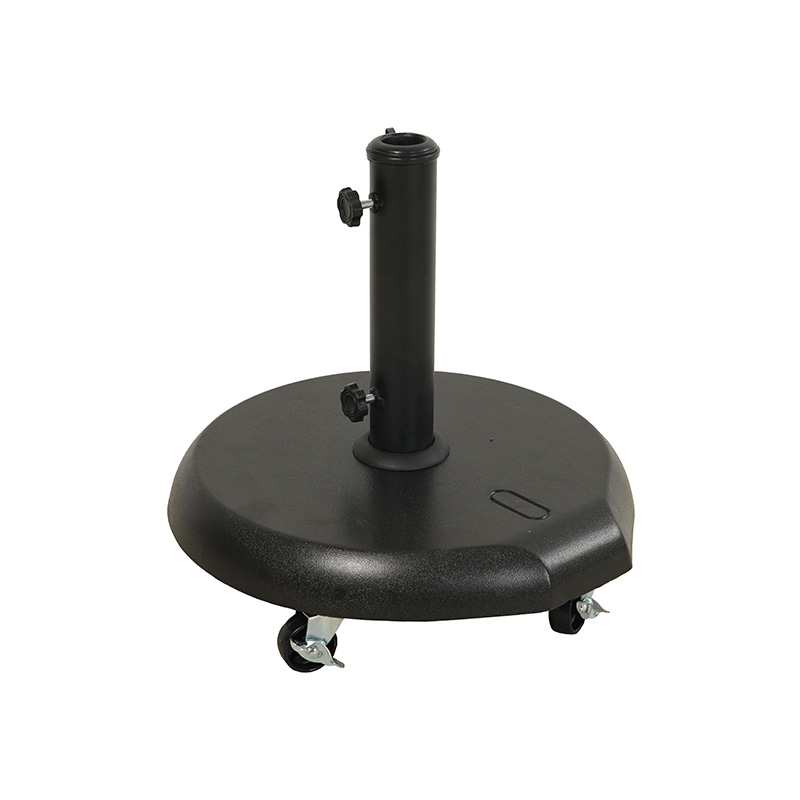
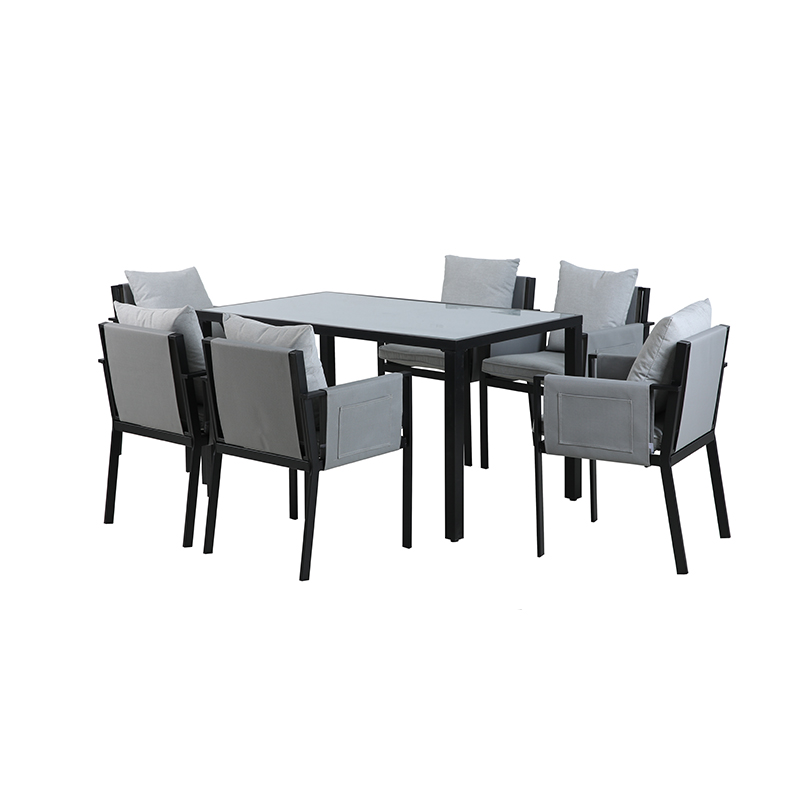
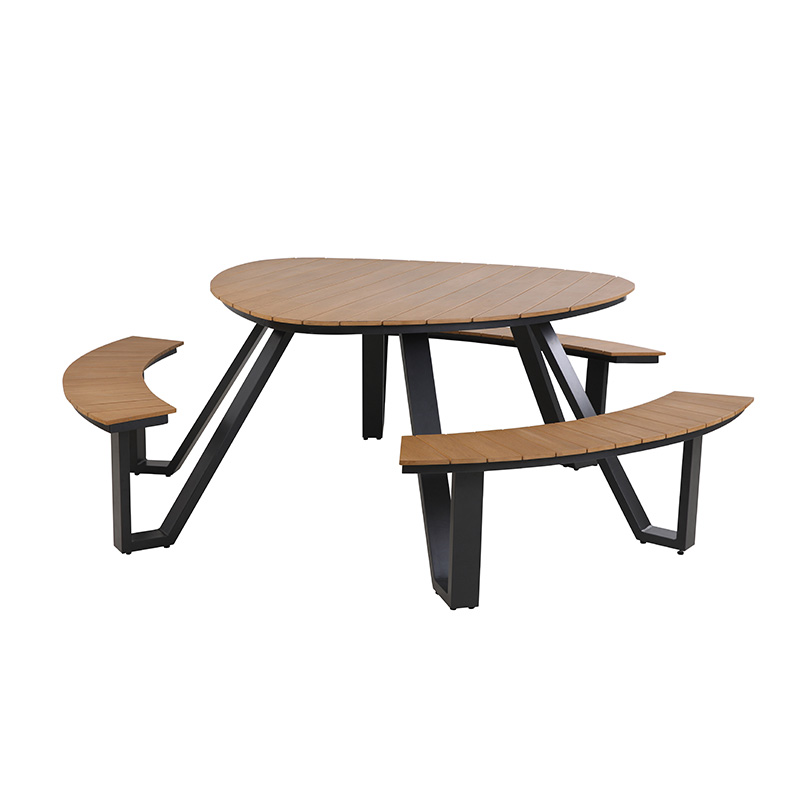
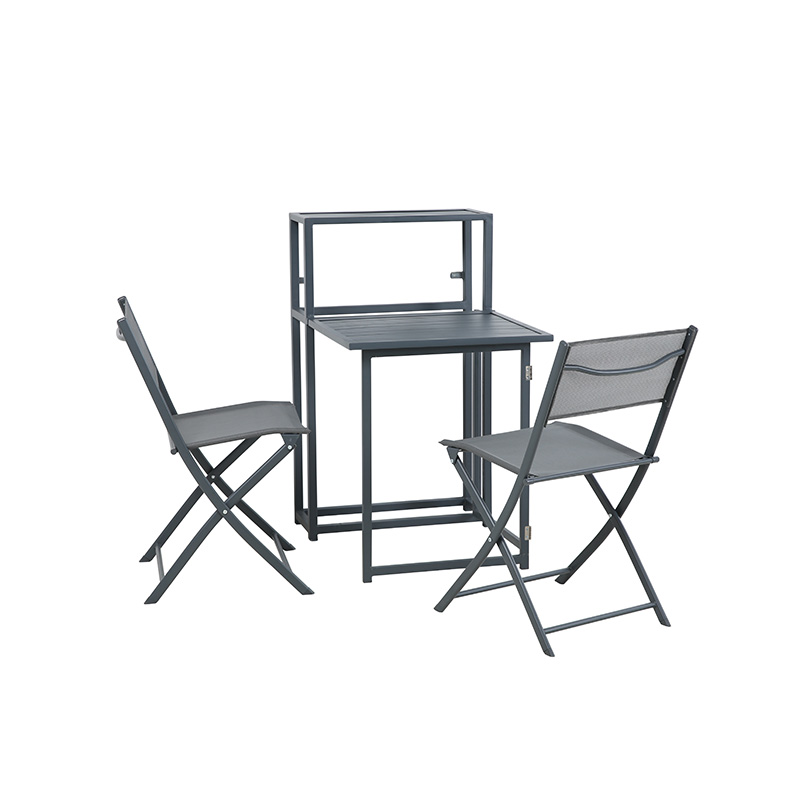
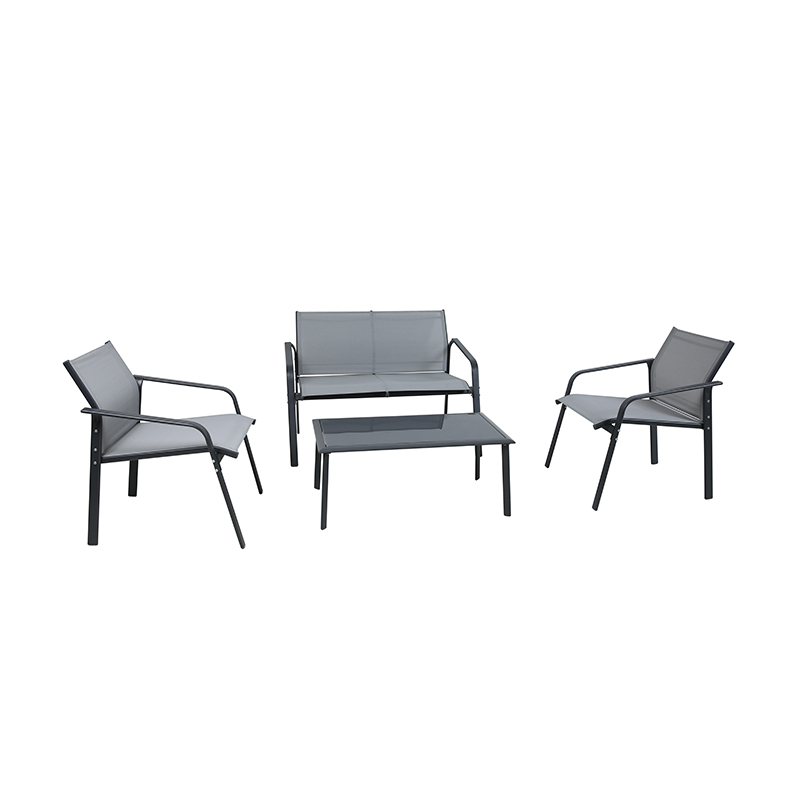
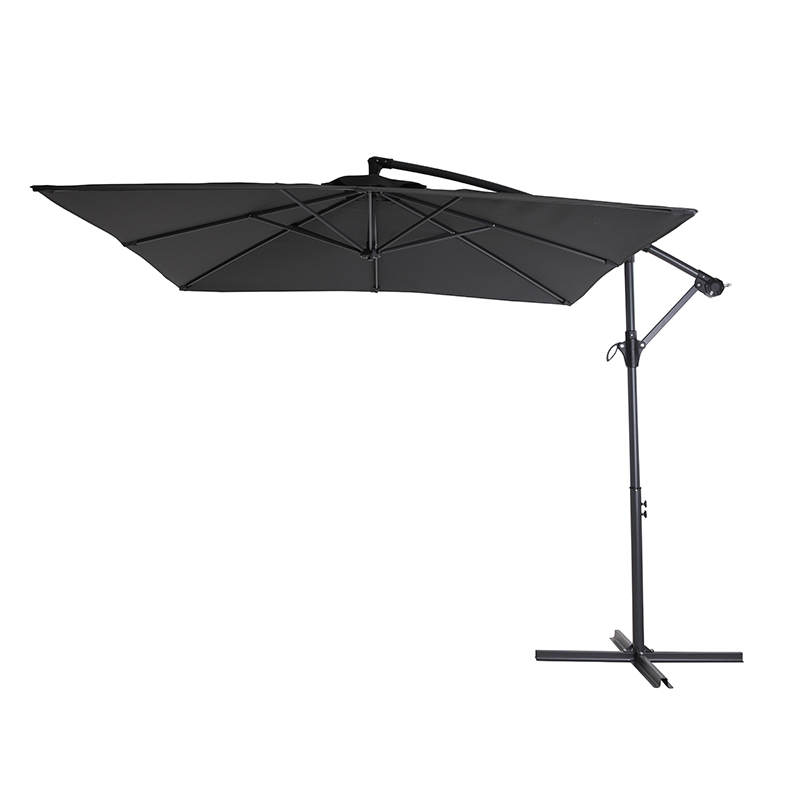
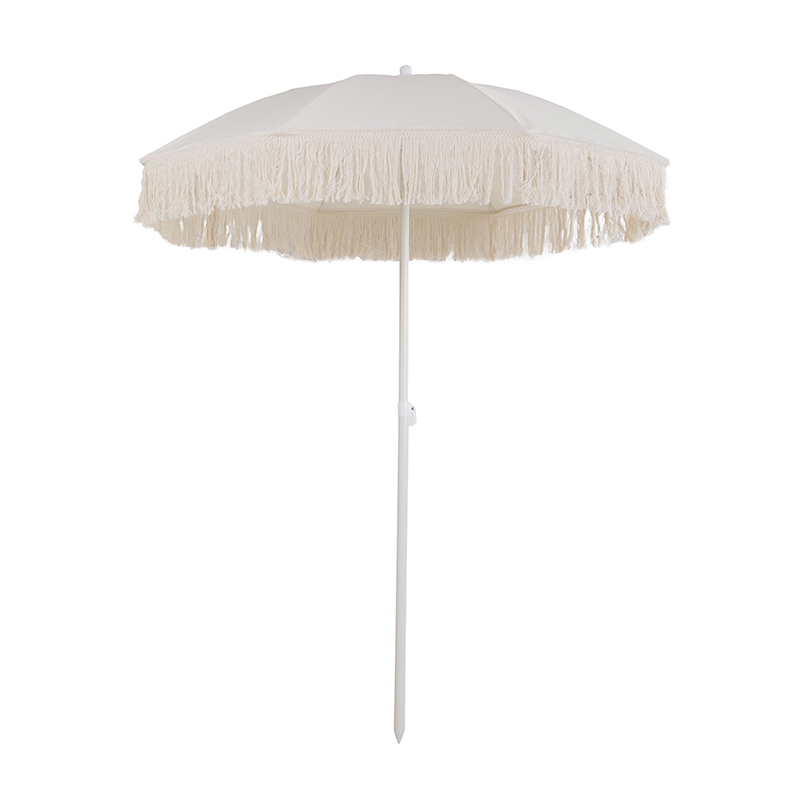
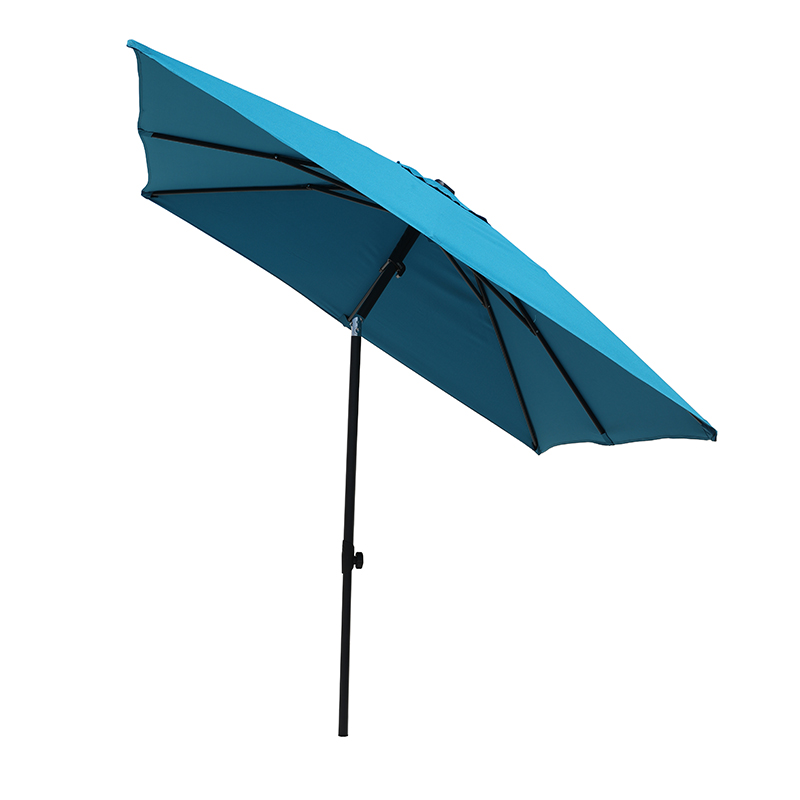
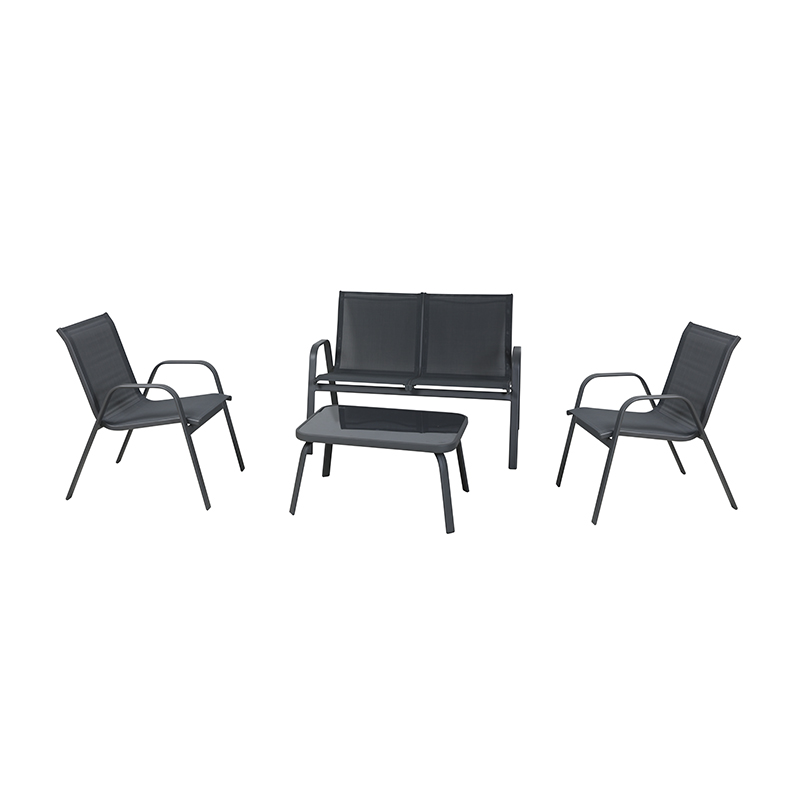
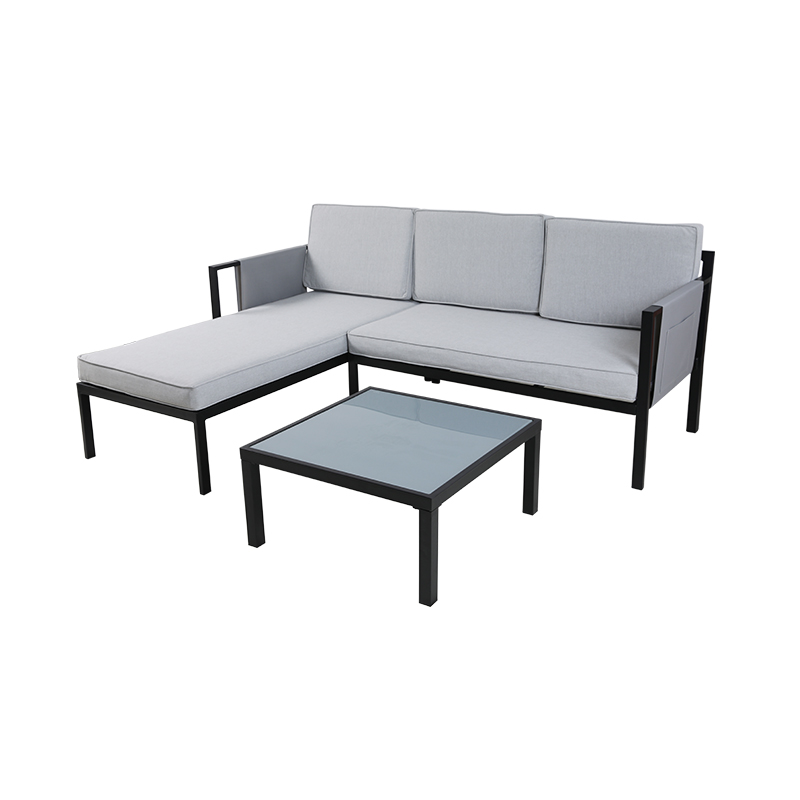
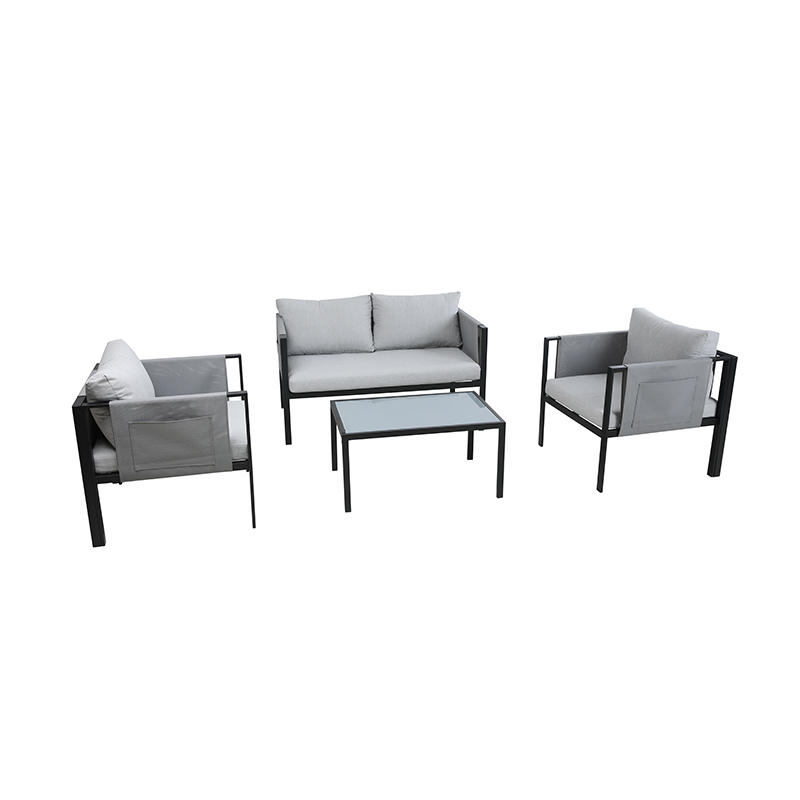


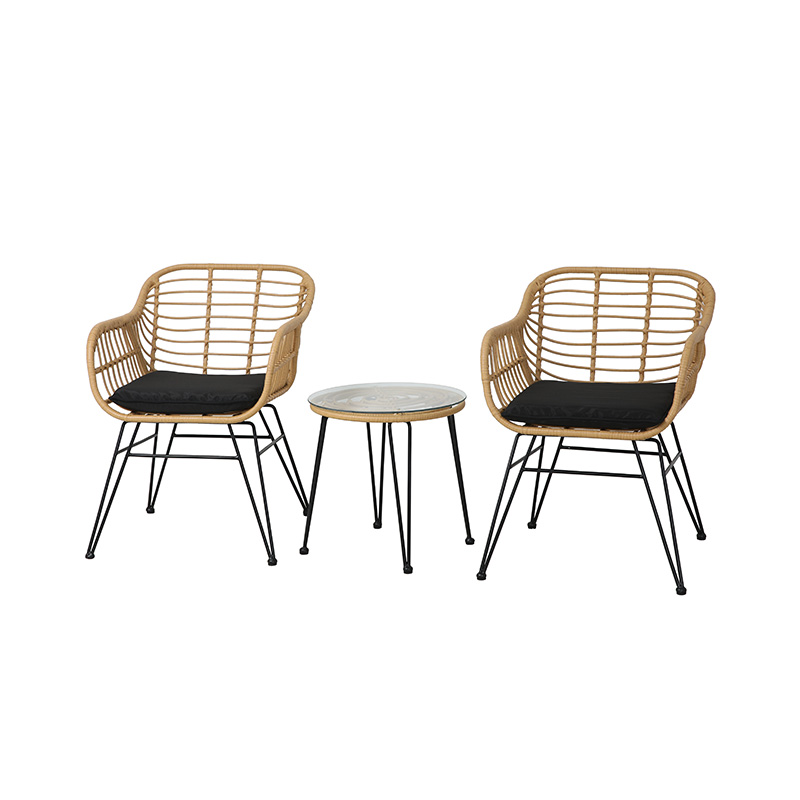

 Tel
Tel  Email
Email  ADDRESS
ADDRESS 














